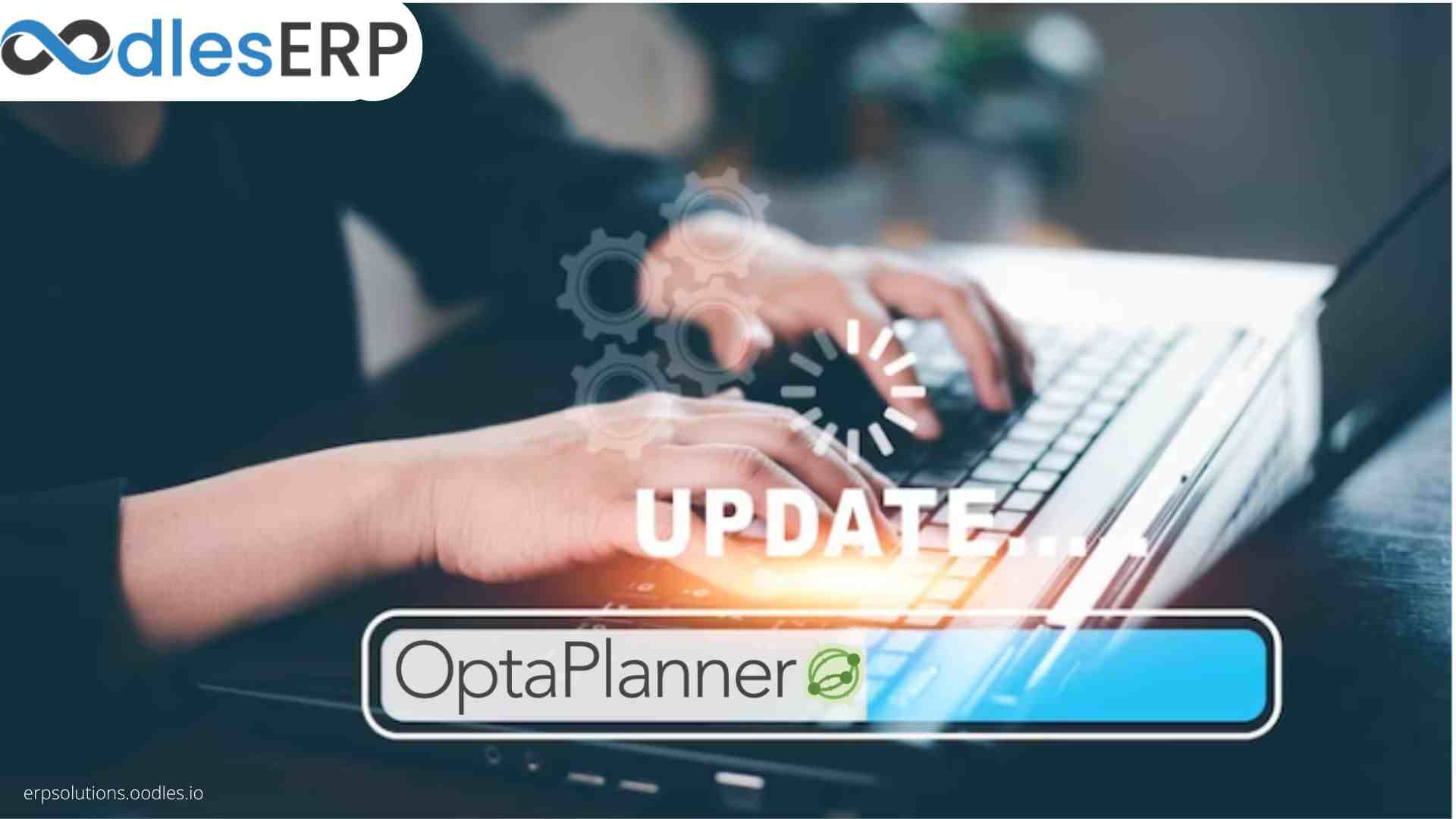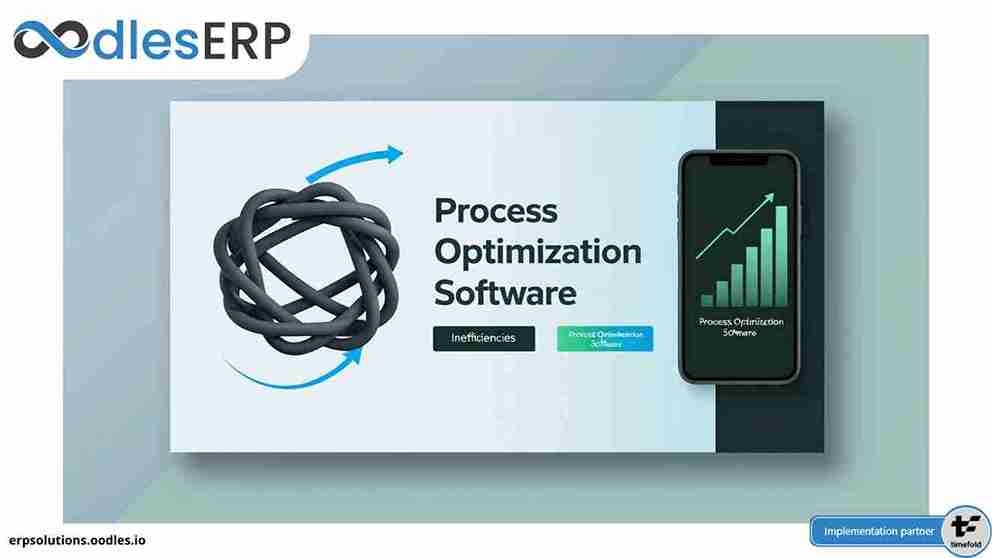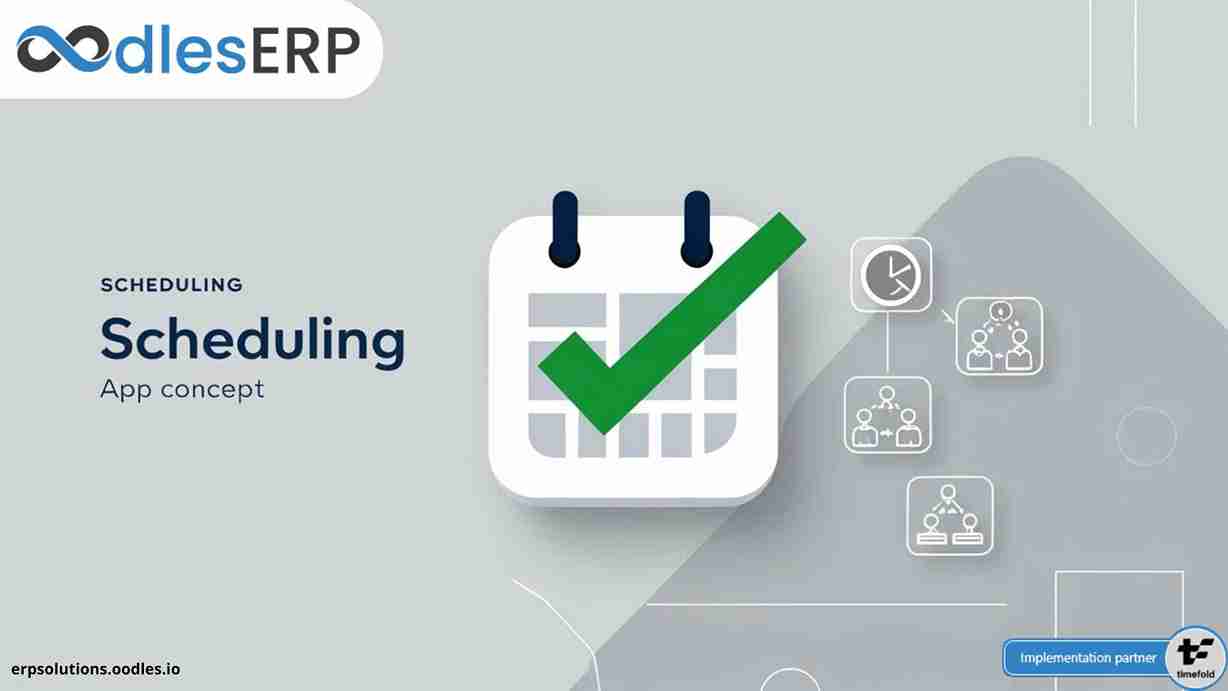OptaPlanner is entirely based on Java and uses a technique called ‘multithreaded incremental solving.' Besides, it is fully compatible with other JVM languages such as Kotlin and Scala, and offers a powerful yet intuitive interface for developers to build custom enterprise applications. At the same time, the platform undergoes regular updates and bug fixes to enhance its performance and improve overall functionality.
Also, Read Solving Vehicle Routing Problem Using OptaPlanner
Upgrading Your OptaPlanner Project
Once you have successfully built an enterprise solution using OptaPlanner, you may consider upgrading it at some point to enhance its features and capabilities. Upgrading your OptaPlanner project ensures that you stay up-to-date with the latest technological advances that would further enhance the performance of your application. Below is a step-by-step guide for seamlessly upgrading your OptaPlanner project with minimal complexities.
Step 1: Creating a Project Backup
Before we begin with the upgradation process, the first step is to create a backup of the entire OptaPlanner project. It would ensure that you always have a backup of your project that could be restored if anything goes wrong. There should also be a robust mechanism for disaster recovery for unexpected issues that may arise during the upgrade process.
Step 2: Updating Dependencies
After backing up your project, the next step is to update dependencies wherein we shall be performing the following actions:
- Check the build configuration files of your OptaPlanner project. For instance, look for file types such as Maven's pom.xml or Gradle's build.gradle and proceed with the upgradation process.
- Check whether or not the other OptaPlanner-based dependencies (such as drools) are updated to the compatible versions as well.
Step 3: Addressing Deprecated Features
With each OptaPlanner upgrade, some features may be deprecated or replaced with newer alternatives. That said, it is critical to accurately identify and replace deprecated features in your codebase. Besides, the OptaPlanner documentation and community forums can be valuable resources to guide you on how to update your code to use the latest recommended features and APIs.
Also, Read OptaPlanner For Improved Employee Roster Management
Step 4: Dealing With Breaking Changes
Upgrading to a newer version of OptaPlanner may lead to breaking changes that may impact the existing code. These issues are generally associated with behavioral changes and API modifications. It is, therefore, critical to be mindful of these changes during the upgrade process and make code alterations accordingly. It is advisable to carefully assess each step during the process and seek help from the developer community, if required.
Step 5: End-to-end Software Testing
Quality assurance is of foremost importance, especially during the upgrade procedure that generally involves multiple steps of coding and bug-fixing. Multiple bugs may arise during this process that may put a damper on the software's performance. By conducting thorough testing, you may ensure that your OptaPlanner project performs well with the upgraded version and that all optimizations continue to produce valid and efficient outcomes.
Step 6: Performance Monitoring
After successfully completing the upgrade process and deploying the upgraded project in the production environment, it is also crucial to monitor the performance and behavior of the application. Performance monitoring will save you from the hassle of troubleshooting the application to diagnose and fix potential issues that may impact its functionality. Here, developers must pay attention to unexpected fluctuations in functionality and take necessary action if any anomalies occur. It is advisable to continuously monitor the app performance to ensure that the application performs well even after the upgradation.
You may also like to read The Top Industrial Use Cases of OptaPlanner
Final Words
Upgrading your OptaPlanner project is a critical step in keeping your optimization solutions up-to-date, efficient, and effective. By following the steps outlined in this guide, you can confidently navigate through the process by upgrading your OptaPlanner project. Besides, it is advisable to carefully assess software release notes and documentation before getting off the ground with the upgrade process. Furthermore, embracing the latest enhancements of OptaPlanner will strengthen your project with cutting-edge optimization capabilities, positioning it for continued success in tackling complex constraint satisfaction problems.
Why Choose Oodles For OptaPlanner Application Development?
We, at Oodles ERP, provide end-to-end ERP development services using OptaPlanner to help enterprises sail through their complex business problems. Our ERP experts excel in building multi-tier business applications using OptaPlanner to overcome diverse business planning and optimization challenges. We use open-source software tools in addition to the latest tech stack and next-gen technologies to build high-quality enterprise solutions that are easier to scale. Contact us at [email protected] to learn more about our OptaPlanner implementation services and get assistance with upgrading your OptaPlanner project.










